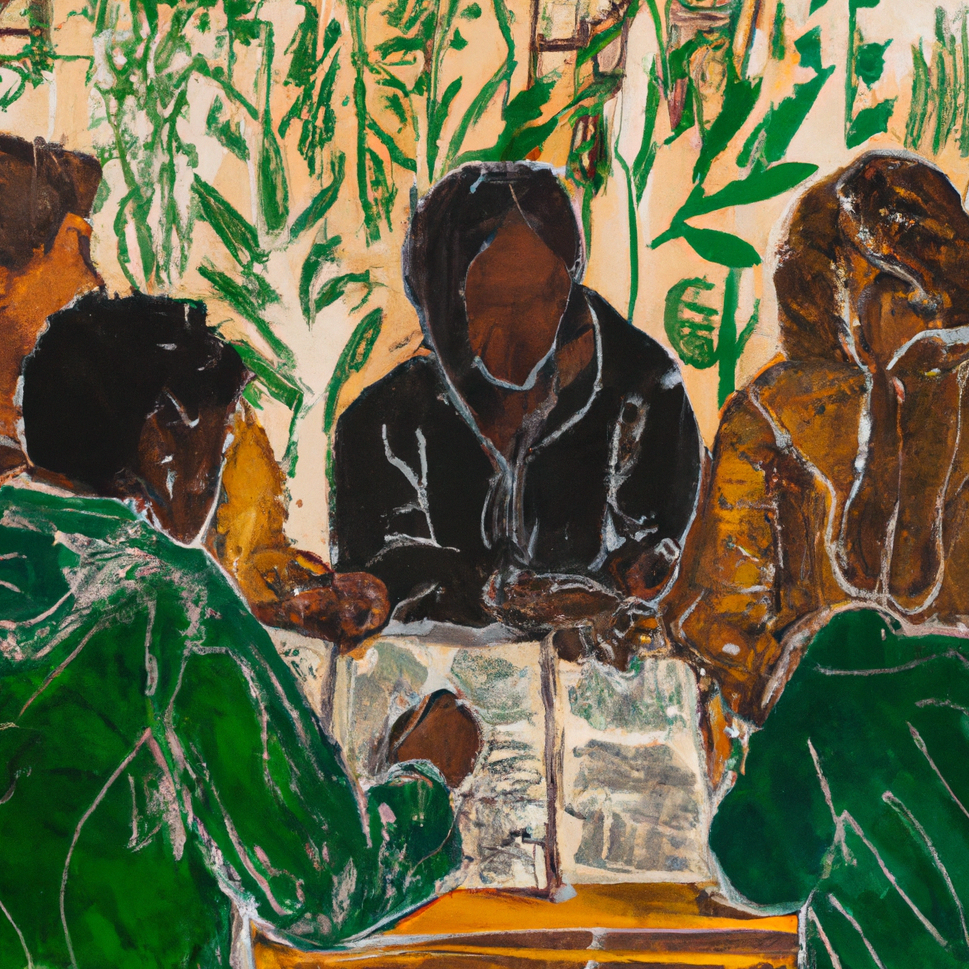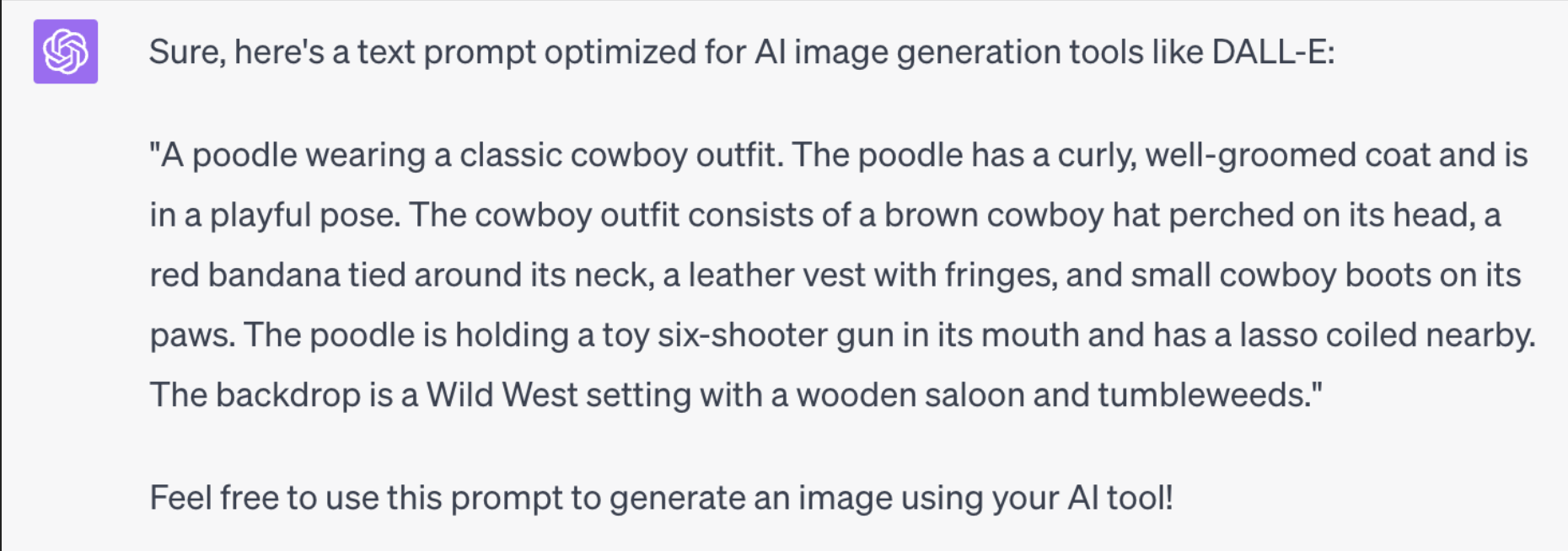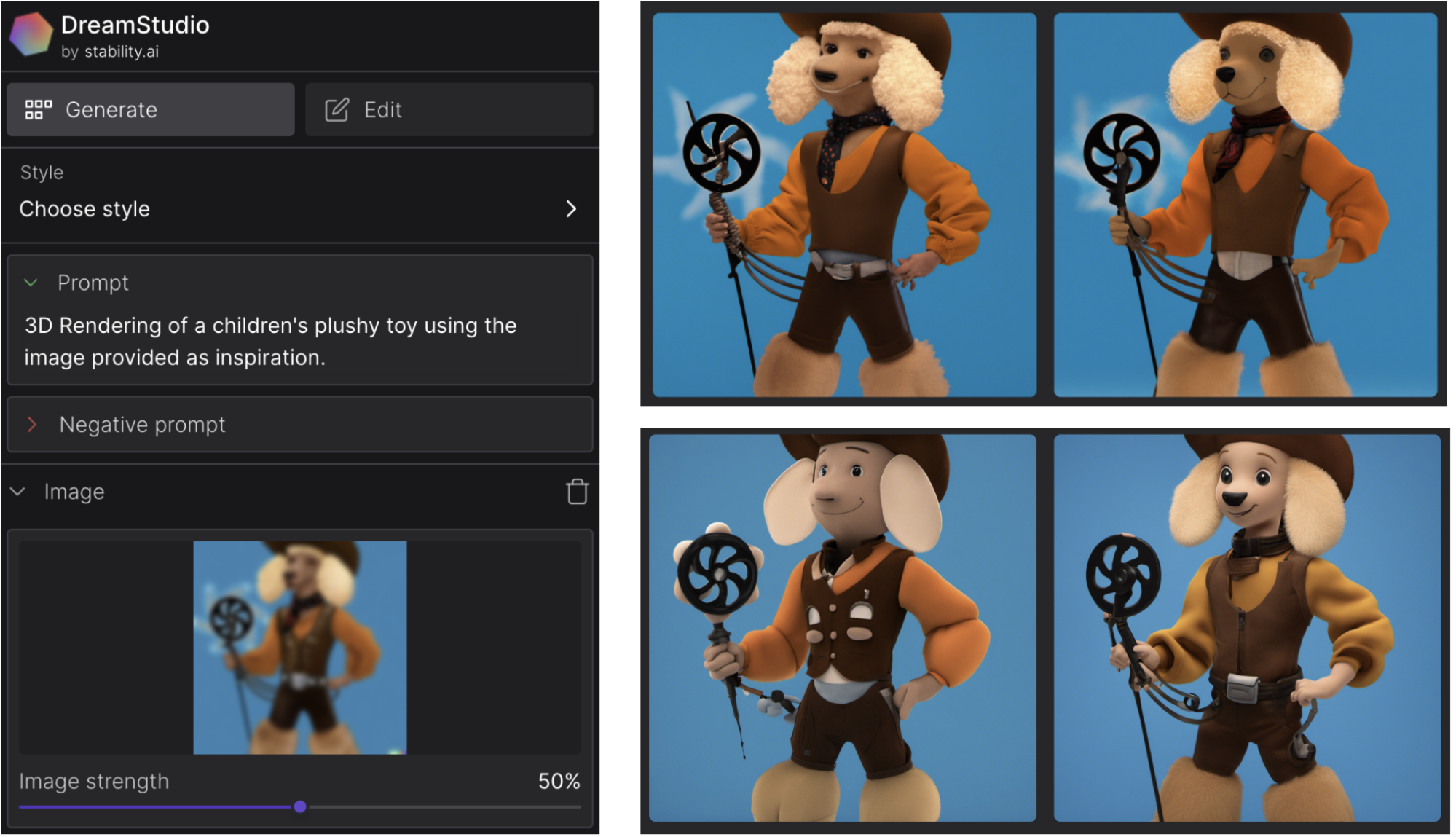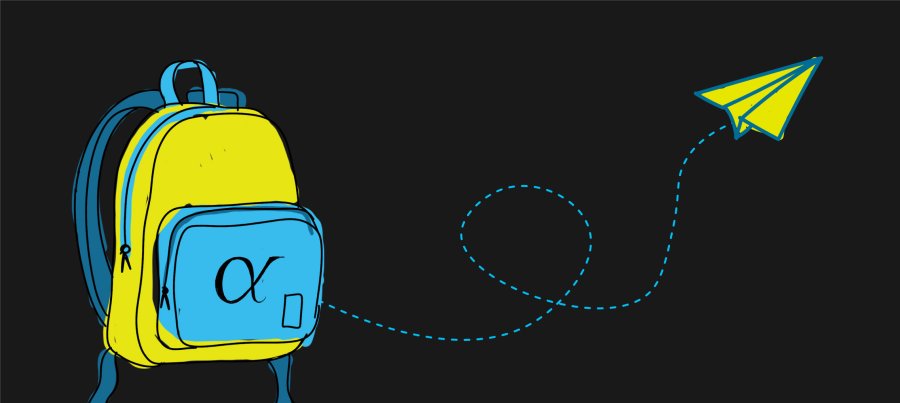The 12 Laws of AI – Law 10: The Law of Democratized Innovation
January 10, 2024
The following is part of our blog series “The 12 Laws of AI.” The series is a set of practical and philosophical guidelines for DMOs to work from as they explore the opportunities and challenges of artificial intelligence (AI). Check out the previous blog in this series, “The 12 Laws of AI – Law 9: The Law of Data Enlightenment“
Law 10: The Law of Democratized Innovation
“In the labyrinth of innovation, let AI serve as your compass and key, democratizing the corridors once reserved for the initiated few. Deploy it to navigate cognitive biases, overcome the inertia of expertise, and make quick work of evaluation clutter. As it melds with human intuition, AI transmutes the raw ore of crowdsourced ideas into the gold of groundbreaking solutions.”
“Innovation distinguishes between a leader and a follower.”
Steve Jobs

The idea of “democratizing innovation” was first proposed by MIT professor Eric von Hippel in the 1970s to describe how consumers could take part in developing products and services rather than relying entirely on companies to do so on their own. In the past 30 years, the idea that consumers could and should be deeply involved in the innovation process has taken off, and today, the concept of crowdsourcing for product and service development is considered standard practice. However, there are a couple of significant obstacles to democratizing innovation:
- Curse of Expertise: Experts can create and identify the most feasible ideas to bring to fruition, but need help developing novel or fresh ideas.
- Lack of Expertise: Normal folks (us) can often develop novel ideas but need the requisite skills or knowledge to refine them into feasible solutions.
Let’s Design an Airplane!
A quick way to summarize this is to ask a thousand people what the commercial airliner of the future would look like. Let’s assume that one of these is a Boeing engineer designing airplanes for the past 30 years. The other 999 are 10-year-olds with big imaginations. The design the engineer comes up with is likely to be some evolution of current designs, nothing too fantastical, but certainly within the possibility of being manufactured one day. This is why the 787, one of the most advanced airliners of the current day, doesn’t look that radically different than the 707 that first took flight nearly 70 years ago.
On the other hand…the 999 kids will almost certainly come up with a vibrant array of designs, many of which might not even resemble airplanes as we know them. Distilling all those designs into one or two possible inspirations for an actual airliner would be quite an undertaking! Before you dismiss this as nonsense, remember that Tesla’s Cybertruck took design inspiration from a question Elon Musk’s son was said to have asked the eccentric billionaire: “Why doesn’t the future look like the future?”.
How does all this factor into our ongoing discussion of AI tools like ChatGPT? In short, these tools enable us to have the best of both worlds: the ability to be imaginative without the “curse of knowledge” and to cross the skill gap necessary to ideate creatively while effectively innovating and creating after that. Building a unique DMO strategic plan based on the principles of your favorite business author or how Sam Walton might have put it together is now well within your reach. Furthermore, large-scale collaboration becomes possible with AI tools, breaking down the skill barrier for more people. We can combine the imaginative ideas of the ten-year-olds with the practical knowledge of our Boeing airplane designer to affect not just rapid ideation (as we learned earlier, tools like ChatGPT or Bard can spit out as many ideas as you can handle) but also distill them into something genuinely usable.
Employing Divergent Thinking
The real magic, however, occurs when you utilize divergent thinking while using multiple AI tools. Divergent thinking describes connecting unrelated concepts or ideas into something completely new. Let’s work through an example of this.
Let’s pretend we’re on the marketing team for Visit Amarillo in the Panhandle Region of Texas. Amarillo is a fantastic destination home to the American Quarter Horse Association, Palo Duro Canyon (second only to the Grand Canyon and worth a visit), the famed Cadillac Ranch art exhibit, and perhaps the most uniquely named team in minor league baseball, the Amarillo Sod Poodles. Now, a Sod Poodle isn’t the Texas cousin to a French Poodle but rather is a nickname given to prairie dogs by European settlers to West Texas. Acting as a member of the marketing team at Visit Amarillo, however, let’s create a tongue-in-cheek sod poodle plush doll that combines Amarillo’s western heritage with, well, a poodle!
Creating a “Sod Poodle”
It’s safe to assume that we don’t have any experience creating a plush doll, and for the sake of our example here, let’s also assume we’ve never created concept artwork that might be used in the process, either. Where would we start? Indeed, we could go straight into an AI-powered image generation app like DALL-E or Stability.ai’s DreamStudio and ask it to make us a “Sod Poodle,” and we’d likely end up with some fascinating examples. However, after a roundtable discussion with our team, we’ve decided to create a Texas cowboy version of a French Poodle. How would you describe such a thing in enough detail that an AI image generator like Dall-E could most accurately reproduce what the team is imagining? Easy! Just ask ChatGPT to flesh out those details for you: “Please describe the combination of a poodle and a Texas cowboy in a format optimized for use with an AI image generation tool like DALL-E.”

With ChatGPT’s description in hand, we head to DALL E and enter the information into a prompt, asking for eight specific concepts of our ‘Sod Poodle.’ Here’s what DALL E returned:


Not too bad! However, these are a long way from being good concepts for constructing a children’s plush doll. Let’s take our images to DreamStudio and refine our concept into something closer to our final product idea! DreamStudio is a slightly more complex environment than we’ve covered so far, with more options for specific commands like ‘negative prompts’ and an image strength slider that collectively allows for tweaking the final output generated. Plenty of resources online can help you become comfortable with this powerful new tool. One fantastic capability of DreamStudio (and now ChatGPT and DALL E) is to upload an image and gather several different outputs that can be altered according to the accompanying text prompt, the slider as mentioned above, and the negative prompt box. We will direct the DreamStudio AI to take our favorite concept image created in DALL E and ask it to create a 3D rendering of a children’s plushy toy. DreamStudio’s image strength slider acts as a throttle for how willing you are to let its AI tweak the supplied image — the higher the slider is pushed to the right, the fewer liberties DreamStudio will take in altering your original image. For our Sod Poodle plushy, we leave this at 50%, ensuring that the generated renderings don’t fall too far from the tree.

The little guy on the bottom right is my favorite and would be a superb rendering to send to a plush doll maker for creation (though I’ll admit I’m not sure what is in his hand there). This is just one small example in a potential galaxy of ways to employ divergent thinking with multiple AI tools in the creative process or overcome expertise bias when developing a new strategy or tourism product.
As a final tip, you can also use AI to distill your ideas down. We could ask ChatGPT, after uploading our final rendering supplied by DreamStudio, to provide a bullet point list of focus group feedback to gather possible reactions to our new plush toy. We could also ask if the rendering violated any existing copyrights, though additional care would still need to be applied to research potential infringements.
Other blogs in this series:
Law 1: AI is the Tool, Not the Craftsman
Law 2: Humble Beginnings and Law 3: Transparency
Law 4: The Law of the Imperfect Mirror
Law 5: The Law of Liberated Potential and Law 6: The Law of Collective Empowerment
Law 7: The Law of the Artful Inquiry
Law 8: The Law of Constructive Command
Law 9: The Law of Data Enlightenment
Law 11: The Law of Creative Exploration
Law 12: The Law of Ascendency
Note: This collection of “laws” on AI incorporate insights from my research and writing on the topic. To make it as memorable as I could — and to demonstrate one of the many powerful utilities these tools offer — I asked ChatGPT 4.0 to style my writing in the voice of Robert Greene, author of the best-selling book “The 48 Laws of Power.” I hope you will agree that each of the Laws is a bit more memorable with this distinct style being employed. It’s crucial that we embrace these new tools and transparently acknowledge how they improve our critical thinking and public sharing of ideas.



